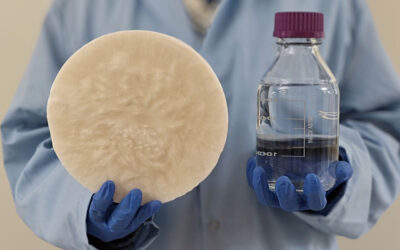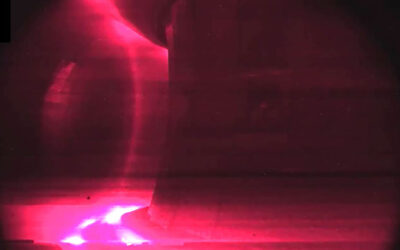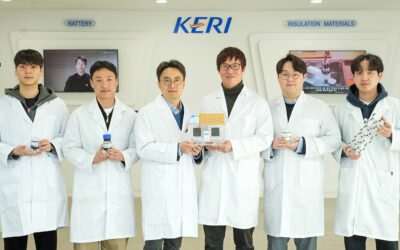Organic photodetectors (OPDs) are promising for applications including digital photography, artificial vision, and optical communication. At present most photodetectors are based on inorganic semiconductors such as silicon, which are inherently rigid and difficult to scale up for large areas. In contrast, OPDs enable low embedded energy manufacturing, the ability to fabricate large-area detectors at low cost, and offer mechanical flexibility. To date, the majority of the highest performing OPDs incorporate a blend of a donor and an acceptor, where the latter usually are expensive fullerene derivatives.
Indigo and its derivatives have been important natural dyes in industrial for centuries. Their poor solubility in organic solvents hinders their synthetic chemistry use and limits their use in device fabrication. However, a research group has now reported a solution-processable indigo acceptor that delivers comparable performance to not just state-of-the-art fullerene-based devices but also silicon photodiodes. The group believe that such indigo-based OPDs provide new opportunities to further improve device performance to a broader palette of donor materials or through manipulation of the indigo structure.
















